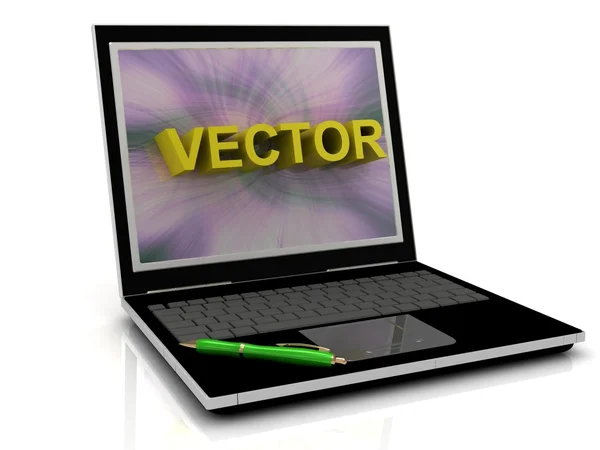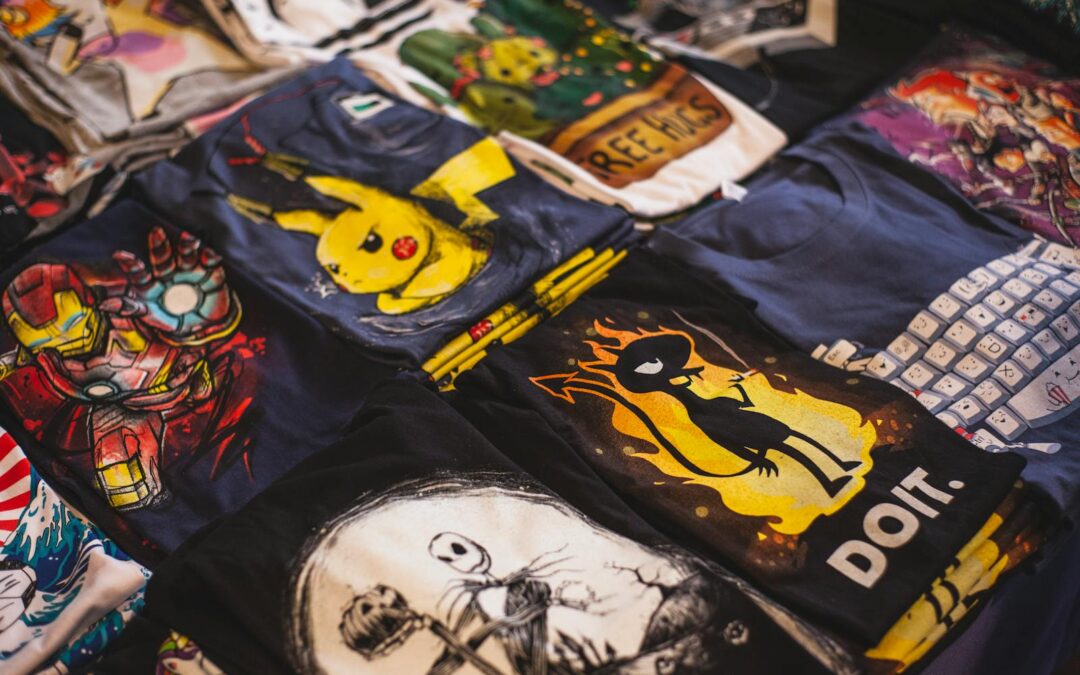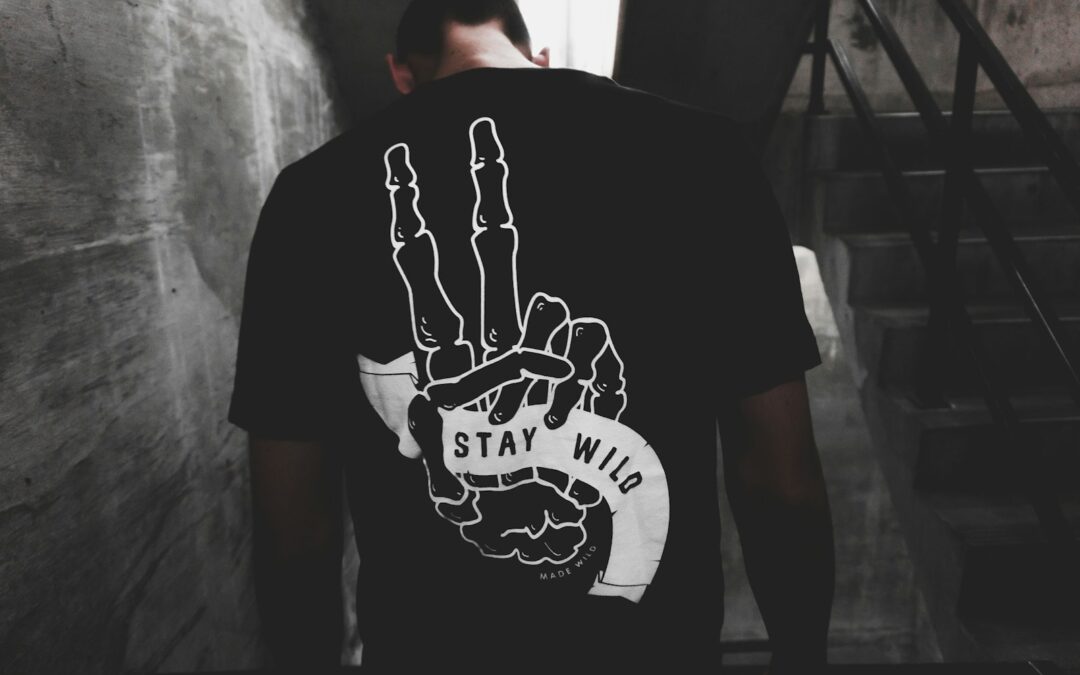Vector vs Raster for DTF Transfers?
When it comes to creating stunning, high-quality prints for Direct-to-Film (DTF) transfers, the debate between vector and raster images becomes key. Digital images encompass both vector and raster graphics, each with unique characteristics and use cases in photography and graphic design. Each has its unique strengths and limitations, and understanding them can make all the difference in your printing projects.
Whether you’re a graphic designer looking to craft precise logos or a DTF printer aiming to deliver vibrant, detailed images on various fabrics, this guide will help you make the best decision. We’ll explore vector and raster images, compare their features, and provide insights into selecting the right type for your needs.
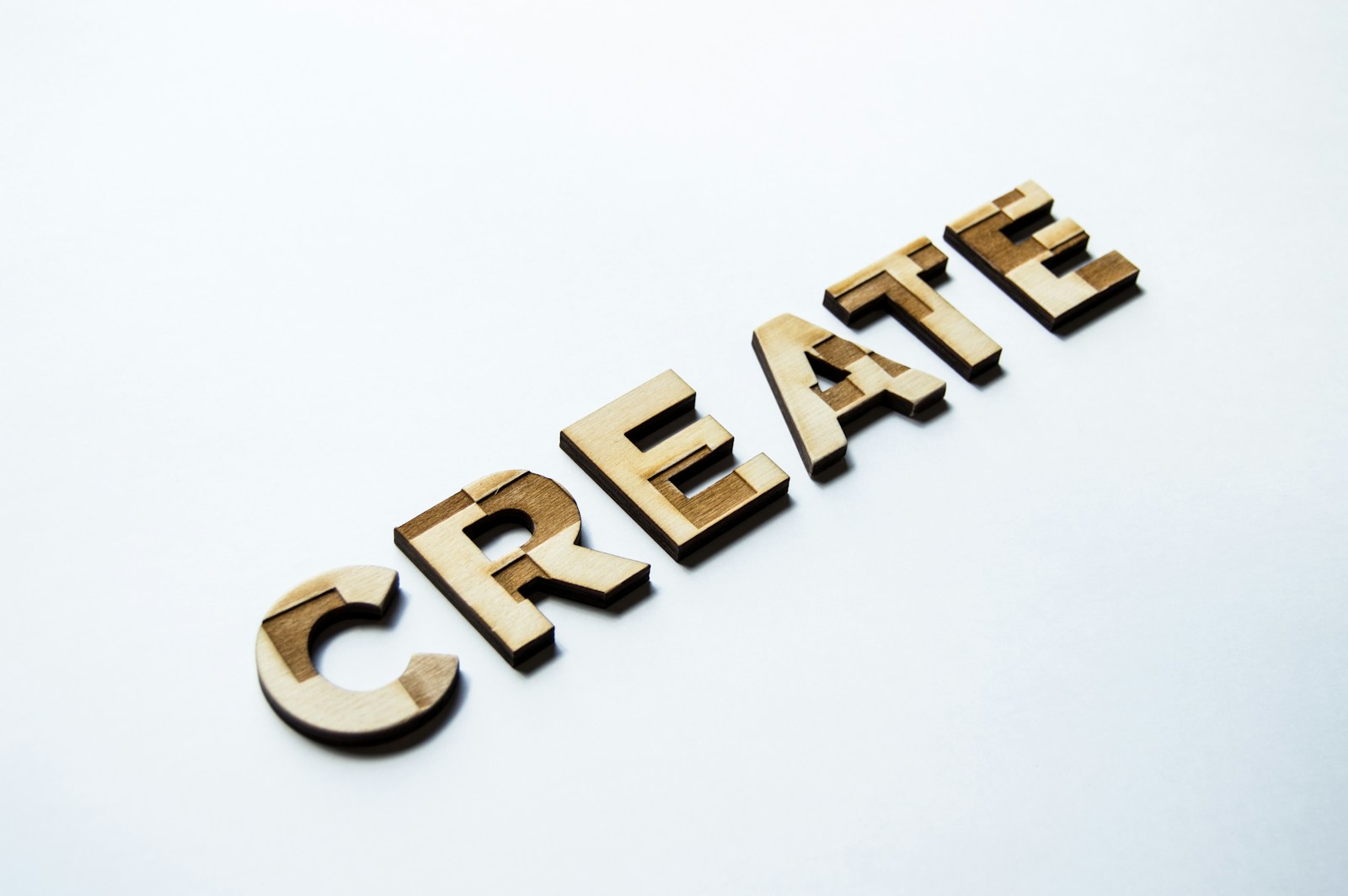
What Are Vector and Raster Images?
Before comparing their pros and cons, it’s essential to understand what sets vector and raster images apart.
Vector and raster images represent images in different ways. Vector images use geometric shapes, while raster images use a grid of pixels.
Definition of Vector Images
Vector images are graphics created using mathematical formulas. They consist of paths, shapes, and coordinates rather than individual pixels.
Key Features of Vector Images:
- Scalability Without Quality Loss: Vector images can be resized to any dimension, from tiny icons to massive billboards, without becoming pixelated.
- Resolution Independence: These files don’t rely on pixel density, making them ideal for large-format prints.
- Best For: Logos, icons, line art, and graphics requiring precise shapes and lines.
Example: A company logo created in Adobe Illustrator is a vector image because it can scale infinitely without distortion.
Definition of Raster Images
Raster images, on the other hand, are composed of tiny pixels arranged on a grid, forming detailed and intricate visuals.
Key Features of Raster Images:
- High Detail and Complexity: Raster is perfect for detailed images like photographs and illustrations requiring gradients and textures. Raster data represents visual information through a matrix of pixels, making it suitable for capturing detailed images like photographs.
- Resolution Dependence: The quality of a raster image is fixed by its pixel density (measured in dots per inch, or DPI). Enlarging it reduces quality, making it look blurry or pixelated.
- Best For: Photos, digital artwork, and web images.
Example: A JPEG photo of a mountain landscape is a raster file since every detail is made up of individual pixels.

Key Differences Between Vector and Raster Images
Resolution and Scalability
- Vector Images: Scalable and maintain quality regardless of size. Perfect for producing logos or designs that require adaptability for multiple formats. Resolution-independent, meaning they always retain their sharpness.
- Raster Images: Resolution-dependent and lose quality when enlarged. Best suited for detailed images that don’t require scaling.
File Size
- Vector files (e.g., SVG, EPS, AI) are generally smaller because they store information as mathematical formulas rather than pixel data.
- Raster files (e.g., JPEG, PNG, GIF) tend to be larger due to the vast amount of pixel data they contain. The size of a raster image file is directly related to its pixel dimensions and the amount of information stored.
Editing and Manipulation
Editing Vectors and Rasters:
This section will discuss the differences in editing capabilities between raster and vector files.
Editing Vectors: Vector graphics are easy to edit in software like Adobe Illustrator. Designers can modify shapes, paths, and colors with tools like the pen tool. You can quickly change individual components of the design without altering the rest. Vector files are versatile in terms of resizing without loss of quality, making them essential for various applications like logos.
Editing Rasters: Raster images require programs like Adobe Photoshop, where individual pixels are edited. This can impact the overall image quality. Larger adjustments, such as scaling, often compromise the output’s quality. Raster files have advantages in color depth and editing, which are crucial for detailed and complex images.
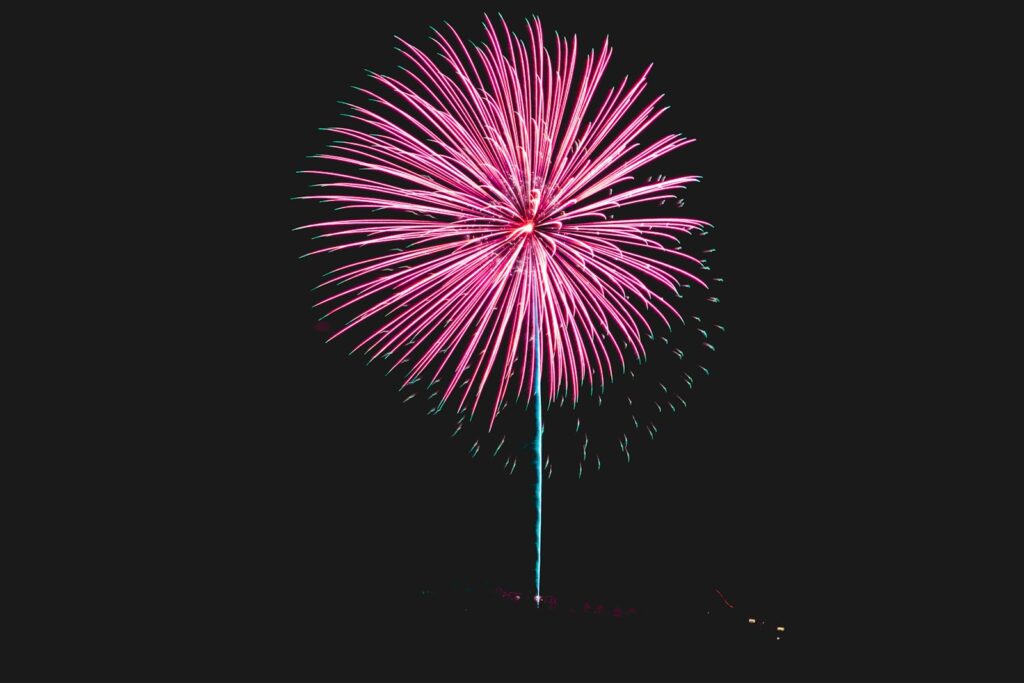
Image Quality and Scalability
When it comes to DTF transfers, image quality and scalability are paramount. Raster images are resolution-dependent, meaning their quality hinges on the number of pixels and the resolution (measured in pixels per inch, or PPI). The higher the pixel count and resolution, the better the image quality. However, scaling a raster image without adjusting its resolution can lead to a loss of quality, resulting in a blurry or pixelated appearance.
In contrast, vector images are resolution-independent. They are composed of mathematical equations and lines rather than pixels, allowing them to be scaled up or down without any loss of quality. This makes vector images ideal for designs that need to be resized frequently, such as logos, illustrations, and graphics. Whether you’re creating a tiny icon or a massive billboard, vector images will always maintain their crisp, clean lines.
Determining Print Quality
Ensuring your raster or vector image looks its best when printed involves determining the print quality. For raster images, print quality is directly tied to the image’s resolution. A higher resolution typically results in a higher quality print. For vector images, print quality depends on the design’s complexity and the printer’s capabilities.
To determine the print quality of a raster image, you can use the following formula:
Print Quality = Resolution x Size
Where resolution is measured in pixels per inch (PPI) and size is measured in inches. For example, if you have a raster image with a resolution of 300 PPI and you want to print it at a size of 10 inches by 10 inches, the print quality would be:
Print Quality = 300 PPI x 10 inches = 3000 pixels
This means the image would be printed at a resolution of 3000 pixels, resulting in a high-quality print. For vector images, the print quality is more about the design’s detail and the printer’s precision, as vectors inherently maintain their quality regardless of size.
Can We Enlarge a Raster Image?
Enlarging a raster image can be challenging, as it often leads to a loss of quality, resulting in a blurry or pixelated appearance. However, there are techniques to enlarge a raster image while minimizing quality loss.
One method is to use image editing software like Adobe Photoshop to increase the image’s resolution. This can be done using the “Image Size” feature to add more pixels to the image. Another technique is “upsampling,” which involves adding new pixels to the image to increase its resolution. This can be achieved through image editing software or specialized upsampling tools.
It’s important to note that enlarging a raster image can still result in a loss of detail and a “soft” appearance, as the image is being stretched beyond its original resolution. This can cause pixel distortion, making the image look less sharp.
Applications for Vector and Raster Images in DTF Transfers
Vector Graphics
Vectors are the most reliable choice for designs in DTF printing that require precision and scalability.
Best Uses for Vectors in DTF:
- Logos and Icons: They retain their quality no matter the size.
- Text-Based Designs: Clean edges ensure high-quality text on garments.
- Simplified Graphics: Line art and geometric shapes look sharp and polished in vector format. Maintaining a non-complex vector outline is crucial for processes that rely on these outlines, such as engraving and signage.
Raster Images
Raster images shine when you need intricate details, complex textures, or gradients.
Best Uses for Rasters in DTF:
- Photographs of people, landscapes, or products. Raster data is suitable for capturing detailed images like photographs, making it ideal for intricate illustrations and complex textures.
- Intricate Illustrations that rely on fine details or color variations, like paintings.
Pro Tip: For customers of Limitless Transfers, ensuring high color accuracy and vibrancy is critical. Submitting the correct file type (such as high-quality PNG for raster images or PDF for vector files) guarantees you get the best DTF results.
Common Uses for Vector and Raster Images
Vector and raster images each have their strengths and are suited for different types of projects. Here are some common uses for each:
Vector Images:
- Logos and Branding: Vector images are perfect for logos and branding because they can be scaled without losing quality.
- Illustrations and Graphics: Ideal for creating illustrations and graphics that need to be resized.
- Technical Drawings: Often used for technical drawings, such as architectural plans and engineering diagrams.
- Digital Art: Great for creating digital art, including illustrations and graphics.
Raster Images:
- Photographs: Raster images excel at capturing a wide range of colors and details, making them ideal for photographs.
- Digital Paintings: Used for creating digital paintings, such as artwork and illustrations.
- Web Graphics: Commonly used for web graphics, including buttons and icons.
- Print Materials: Suitable for print materials like business cards and brochures.
In summary, vector images are best for designs that need to be scaled, while raster images are better for capturing detailed images and colors. Understanding these differences will help you choose the right type of image for your DTF transfer projects.
Choosing the Right File Format for DTF Example
When submitting artwork to your DTF printer, it’s essential to choose the right file type. Understanding the differences between raster and vector files is crucial, as selecting the appropriate file type can significantly impact the quality and resolution of your designs.
Common Vector File Types
- SVG (Scalable Vector Graphics): Ideal for web and print, widely used due to its adaptability.
- AI (Adobe Illustrator Files): The default for many graphic designers.
- EPS (Encapsulated PostScript): Perfect for complex illustrations and logos. Vector data is particularly suitable for designs like logos and spatial features such as buildings, making it vital for various geospatial analysis tasks.
Common Raster File Types
- JPEG (compressed image, faster file transfer). The size and quality of a JPEG image file are directly related to its pixel dimensions and the amount of information stored.
- PNG (high-quality, supports transparency).
- GIF (ideal for animations but less common for prints).
For Limitless Transfers, they encourage customers to upload PDF files for vectors and PNG files for detailed raster images.
Why DTF Printing is a Game-Changer
Digital images encompass both vector and raster graphics, each with unique characteristics and use cases in photography and graphic design. Direct-to-film transfers combine the strengths of both vector and raster digital images, offering unparalleled versatility. Here’s why Limitless Transfers is a preferred choice for businesses of all sizes:
- High Color Accuracy and Vibrancy: Whether using vector or raster images, Limitless Transfers ensures your design’s colors pop and match your original intent.
- No Setup Fees or Minimum Orders: Perfect for small businesses or personalized, one-off designs.
- Easy Application on Any Fabric: Be it cotton, polyester, tri-blends, leather, or even wood—DTF works everywhere.
- Free Shipping on Orders Over $50: No hidden fees and fast turnarounds to boost convenience.
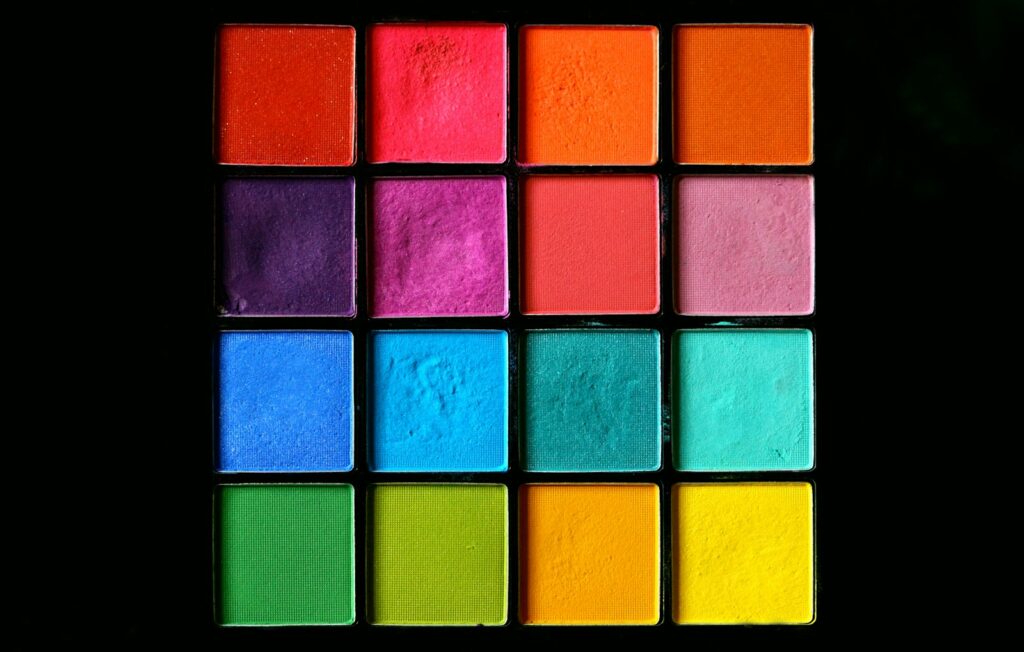
Top Tools for Working With Vector and Raster Images
Best Tools for Vector Graphics:
- Adobe Illustrator (industry standard for professional designs, ideal for creating high-quality vector art for applications like logo design and engraving).
- CorelDRAW (alternative with powerful vector editing features).
- Affinity Designer (affordable and efficient).
Best Tools for Raster Graphics:
- Adobe Photoshop (go-to for raster image editing, essential for managing raster data to ensure high-quality detailed images).
- Procreate (popular with illustrators and artisans).
- GIMP (open-source option for beginners).

Wrapping Up Your Design Journey | Vector vs Raster for DTF Transfers?
Understanding the key differences between raster and vector graphics ensures your DTF designs always look their best, whether you’re creating a company logo or printing complex photographs.
Actionable Next Steps:
- Visit Limitless Transfers and take advantage of free shipping on orders over $50.
- Explore our range of high-quality DTF printers for precise and vibrant prints.
- Start creating stunning, professional-grade DTF designs today with the best tools and support at your side.

